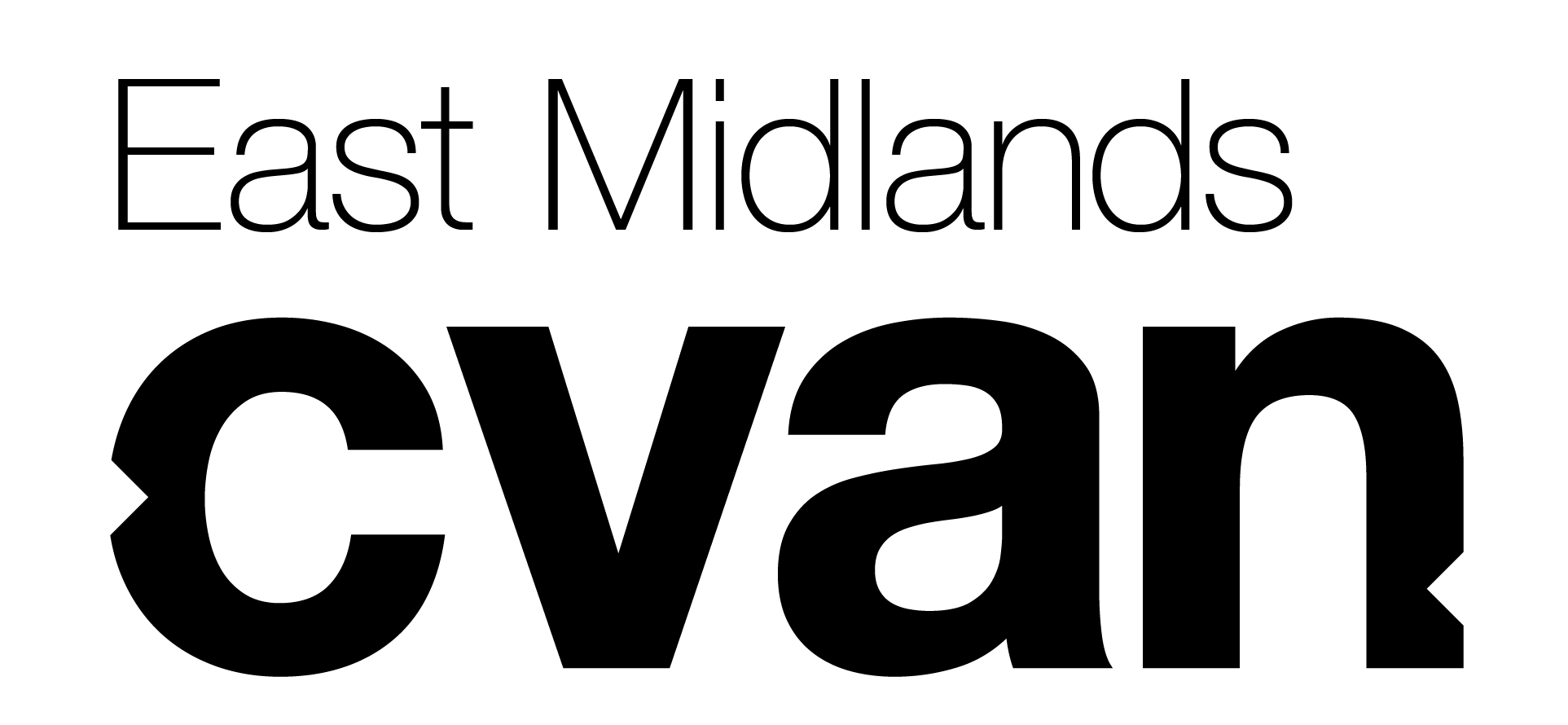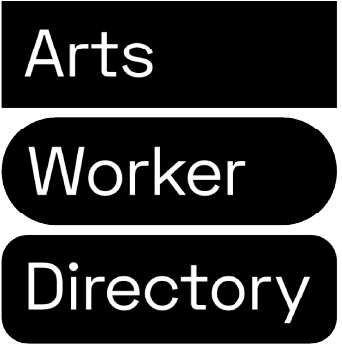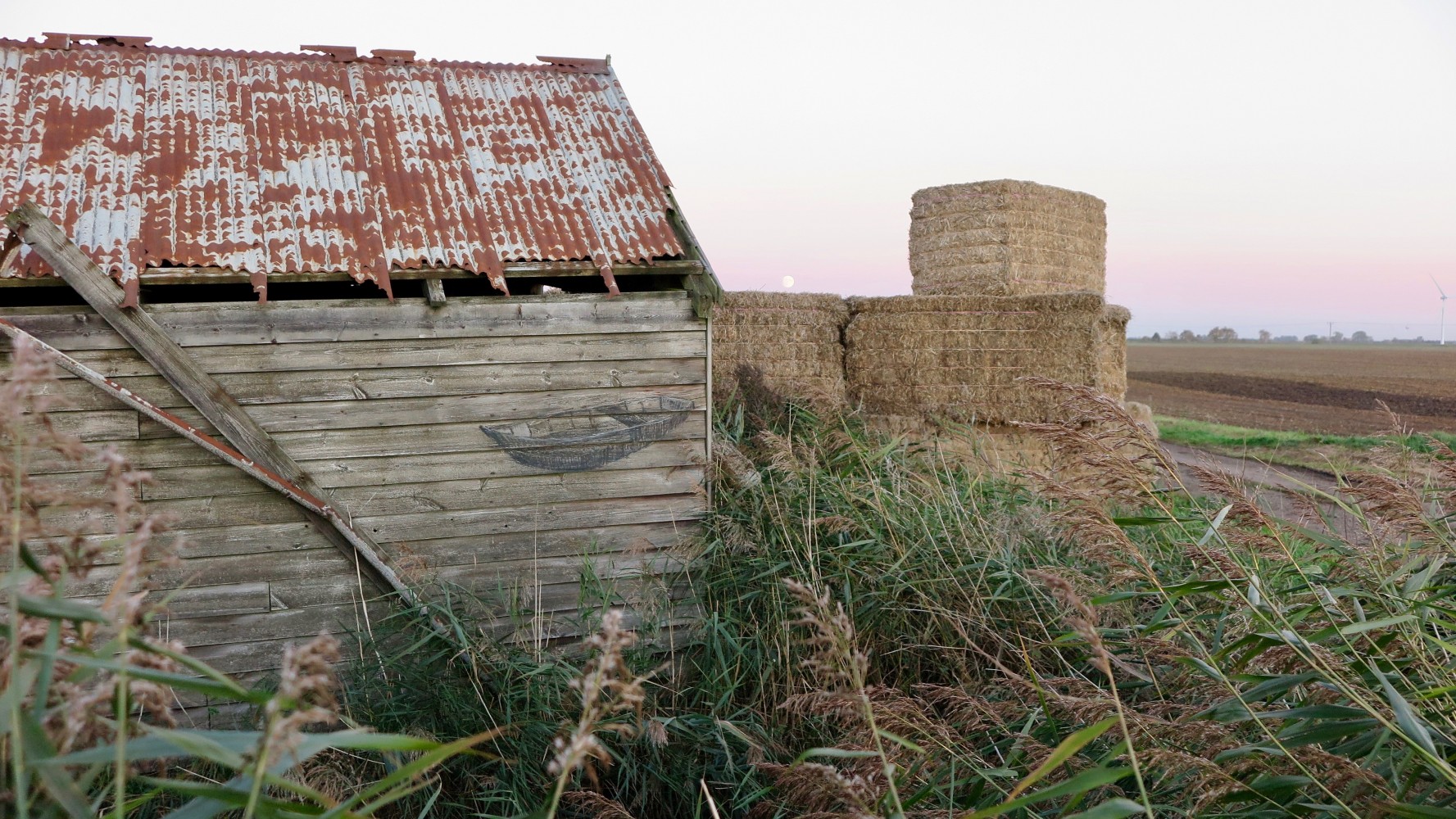Kate Genever is an artist and farmer living in Uffington, near Stamford in South Lincolnshire. She is interested in the connections between people and where they live and investigates notions of dwelling, sense of place and way of life. Recent projects and commissions include Being from Knowing a year long ACE funded investigation into four sites in Eastern England, Artist Investigator for Brignall Trust, Hull, You Complete Me for MERL University of Reading and The Wellcome Collection and Leap of Faith for Yorkshire Sculpture Park and 14/18 Now. Kate gained a BA in Fine Art from Staffordshire University and an MA in Fine Art Printmaking from the Royal College of Art. She is a Companion of the The Guild of St George, an educational charity for art, craft and the rural environment, founded by John Ruskin.
Follow Kate on Instagram.
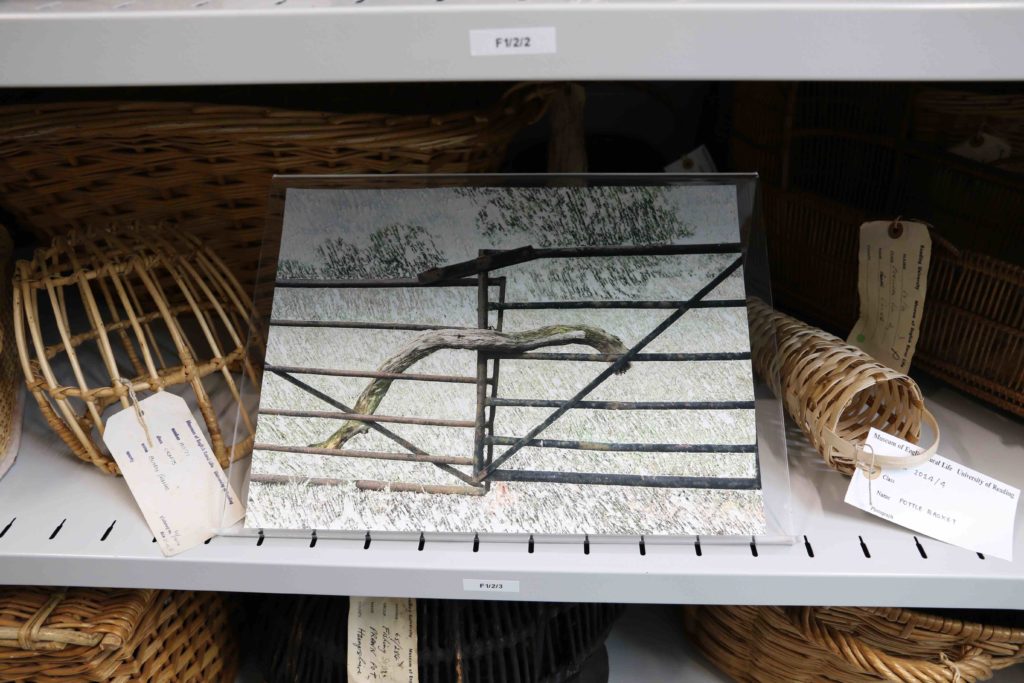
Describe your practice for us
Through a variety of means I consider how marginalised communities respond through improvisation and with care to a natural and/or societal stress. A desire to bear witness and reveal their resistance, imagination and ability to acclimatise underpins this practice. I embed myself in places such as farms, libraries, council estates, prisons, caravan parks, museum handling collections and asylum seekers holding centres developing work through conversation, social events, making and research. Importantly, I don’t make work about people, but instead with; celebrating how they cope, care and do. This person-centred, site-responsive, approach allows for a connection at a deeply emotional level, which is mirrored in the resulting work that has included drawings, textiles, prints, interventions, curated events and ongoing groups.
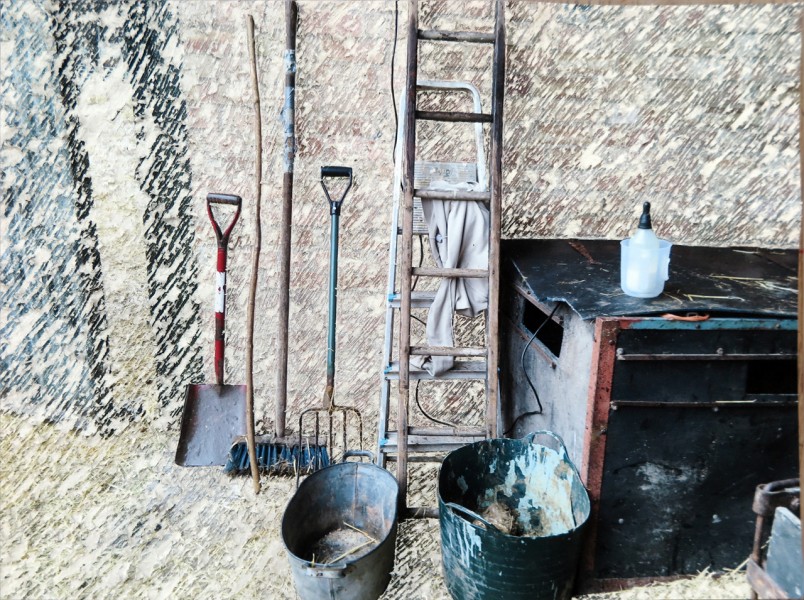
How long have you been practising and by what route did you come to your practice?
I have been working as an artist since 1994. I did a Foundation at Lincoln School of Art, then a BA Hons in Fine Art at Stoke, which when I started was North Staffs Poly and when I finished was Staffordshire University. I started teaching at Lincoln School of Art the year after I finished and this developed into more work both there and at different institutions. Alongside this I freelanced delivering workshops and commissions for different organisations. I have made work always alongside the freelancing and teaching, although I’m not sure I always see a distinction – I think the art world does but maybe this is becoming less so as we move into a time where ‘social practices’ are more common. I did an MA in Fine Art Printmaking at the Royal Collage finishing in 2008. This had a significant impact on my approach – it made me more serious about the work I made and what it did. I have also done a Clore Short Course exploring Artists as leaders which has supported the strategic aspect of making and thinking within communities.


What is important to you in maintaining and motivating your practice?
People are infinitely interesting and what they make is beautiful and brilliant, I love working with people and celebrating their creative ways of keeping going. I love working out the things that are really being said in or about a place and then finding the best way to celebrate, comment on or document this. I am motivated my bringing overlooked ideas to wider attention.
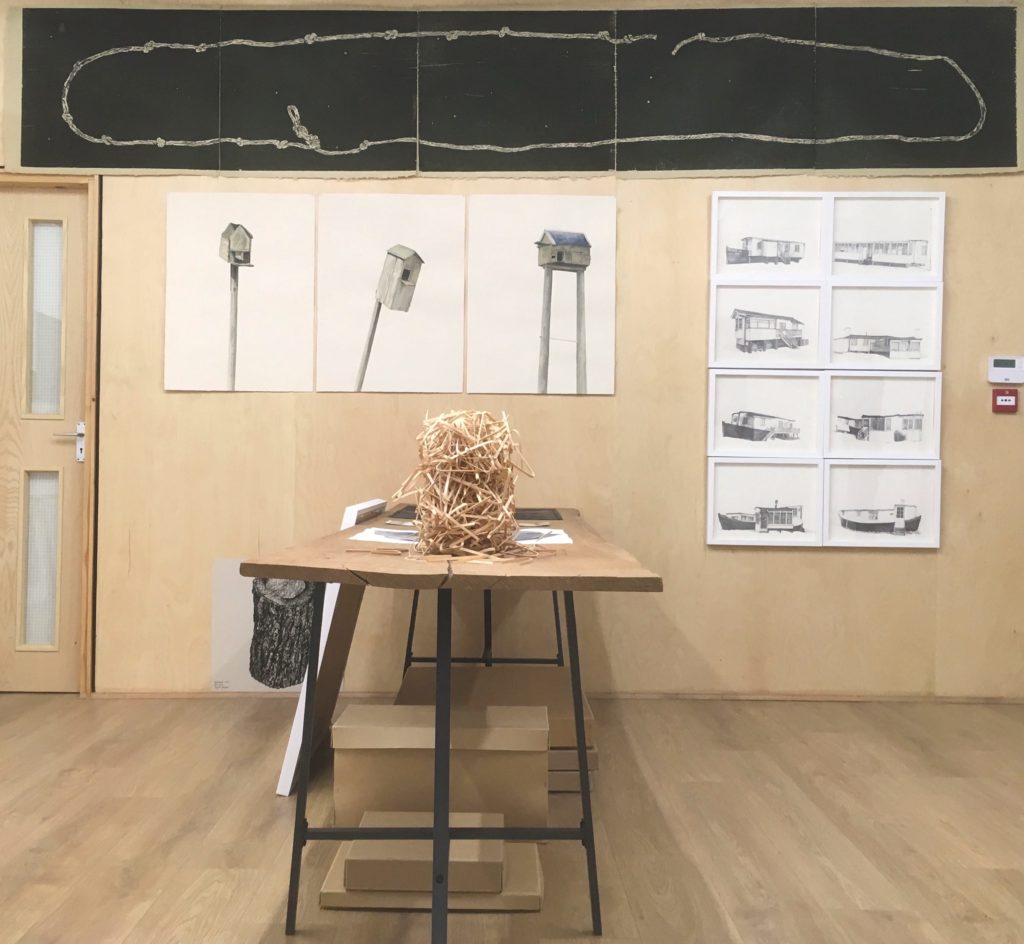
Much of your work happens on site, is site-specific and shaped by personal encounter. You’ve said that you try to do the ‘right’ thing for a site and for the art. Can you say more about that.
It about being true to the people and the place I encounter. Steve Pool who I work with sometimes as The Polytechnic and I have a phrase – ‘artists doing things to people for themselves’ which we use to consider what we are doing or what others are doing. I think this phrase makes sense here too. I have absolutely no desire to benefit unfairly from people or place. I try hard not to do this aiming instead to shine a light, to celebrate, to share what is really going on in a place and in doing build confidences. I want to let all of us see something considered insignificant anew. The artworks support this and sometimes are catalysts or responses which explains the variety of outcomes – what is the right thing is the thing that supports or documents or extends, or builds on what is happening in a place.

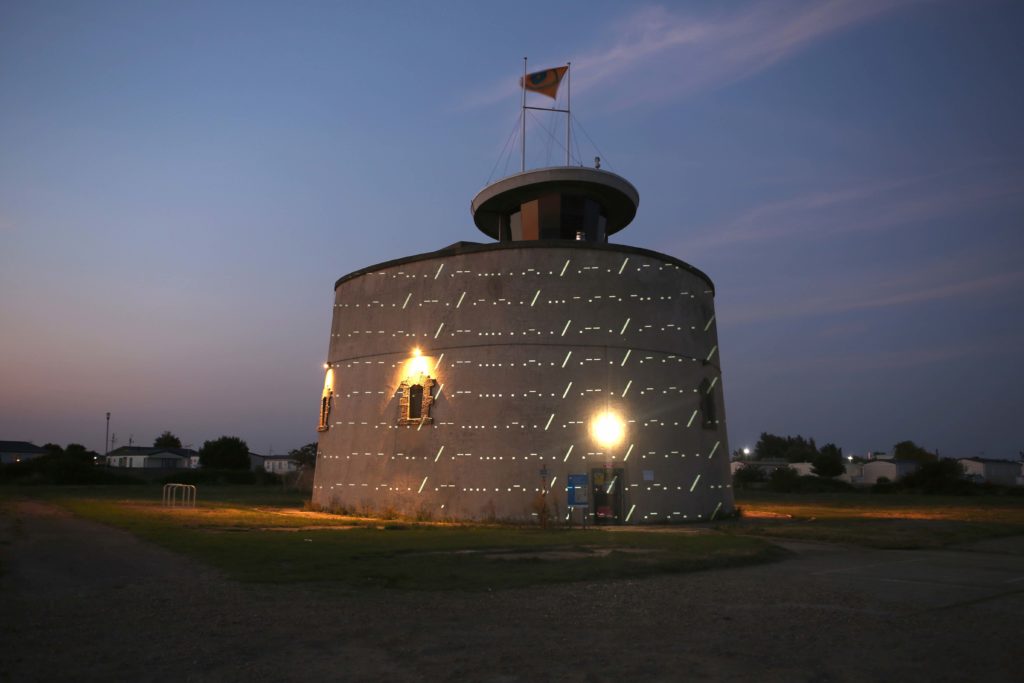
Residencies form a cornerstone of your practice. What attracts you to the residency format?
To know a place. By embedding myself in a place over a long period I come to know people, their practices etc. I get to see and explore that allows me to slowly find my way in. I suppose it’s not different from teaching in that you get to know a student, you get to be able to ask harder questions over time, challenge, think with them and respond which is different than doing drop in stuff. I like these extended connections.
You work in print, text, drawing, paint, mixed media, installation. What determines or influences the artistic output of a project?
Like I said above – the people and place – the right thing. I use a method or material that extends the idea that I’m trying to share or explain. I have no problem using any process. Perhaps this is also why I’m interested in improvisation and comes too from my other role as a farmer? I have always worked broadly and I suppose this was reinforced on both my degrees and my general fascination with things and stuff.

What is the most interesting or inspiring thing you have seen or been to recently, and why?
Interesting: McGuffin magazines. I am reading the Rope themed one currently. They collate articles from across lots of specialisms that relate back to the overall theme, this has a lot of resonance for how I try to work.
Artwise: I went to Vienna just before Christmas and saw Klimt landscape paintings in the flesh and they made me cry. Beautiful emotional perfect things that talk of place, love and fleeting moments.
Which other artists’ work do you admire, and why?
Frank Auerbach and David Bomberg are my hero’s for their unflinching energy and endeavour to try and capture life and its transient fragile being. I suppose too because they know they can’t and that’s what drives them to keep trying.
I am inspired mostly by people who aren’t recognized as artists but who are making honest things in amazing crazy ways that says everything about our current moment.
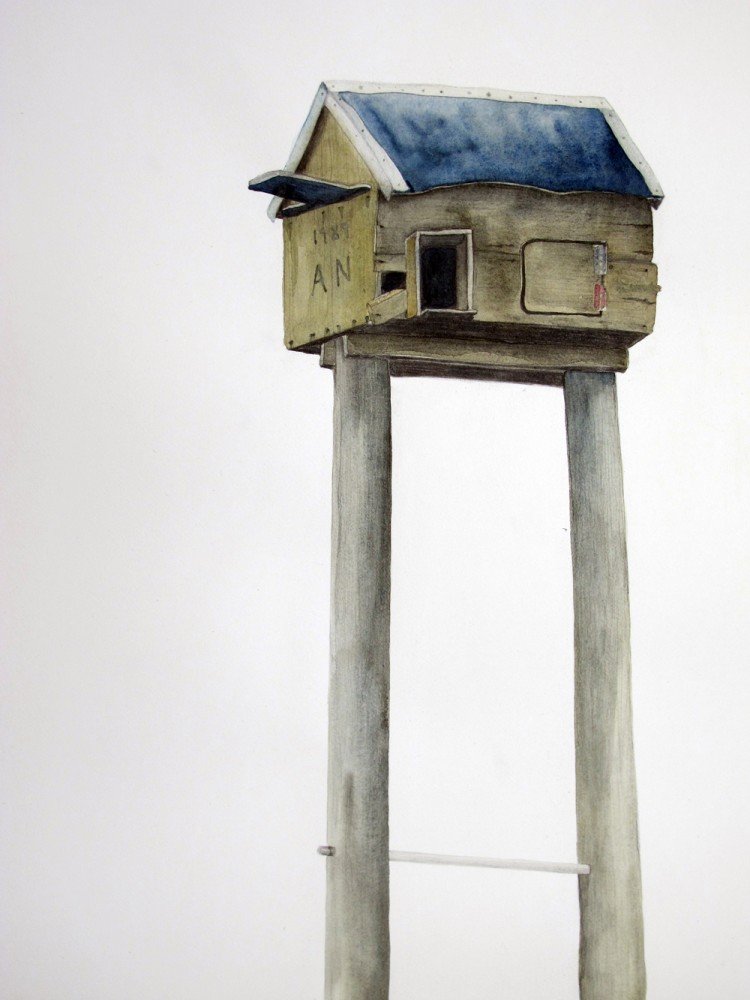
Where can we see your work? Do you have any upcoming exhibitions.
I am artist in residence at Bromley House Library in Nottingham until the end of March and there are 2 public events relating to this, one at Five Leaves Book shop on Sunday 17th March and at The Bromley on Saturday the 23rd March. Booking via enquiries@bromleyhouse.org is essential as there are limited numbers. If people want to visit me at the Library then I would be happy to meet and share what I have been doing. My work is also on my website.
Kate was interviewed in March 2019.
All images are by and courtesy of the artist.
